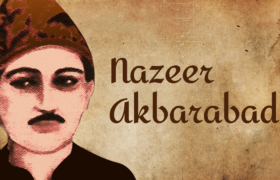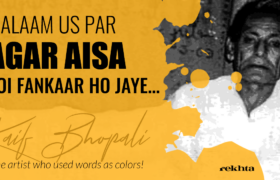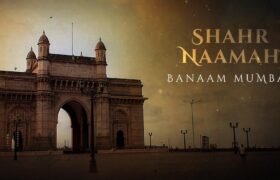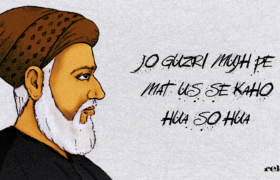Mahima Us Ki Hi Rahe Jis Ka Nao Najeer
Nazeer was a poet of the masses. He was a common man, wrote of the common people, and in the common language.
By Anisur Rahman
August 4, 2018


Nazeer was a poet of the masses. He was a common man, wrote of the common people, and in the common language.

A commendable lyricist, an ingenious poet and above all a soulful artist who stays alive in our collective memory

I am Mumbai. Not long ago, I was known as Bombay. Still some call me by my old name because they love me– as one loves a dear one by names more than one.

As a child was born, an itinerant Dervish made a prophecy: “In sha Allah, your fame will travel to all four corners of India…”
Enter your email address to follow this blog and receive notification of new posts.